Your cart is currently empty!
Category: Culture
Kumihimo, a traditional Japanese braiding technique
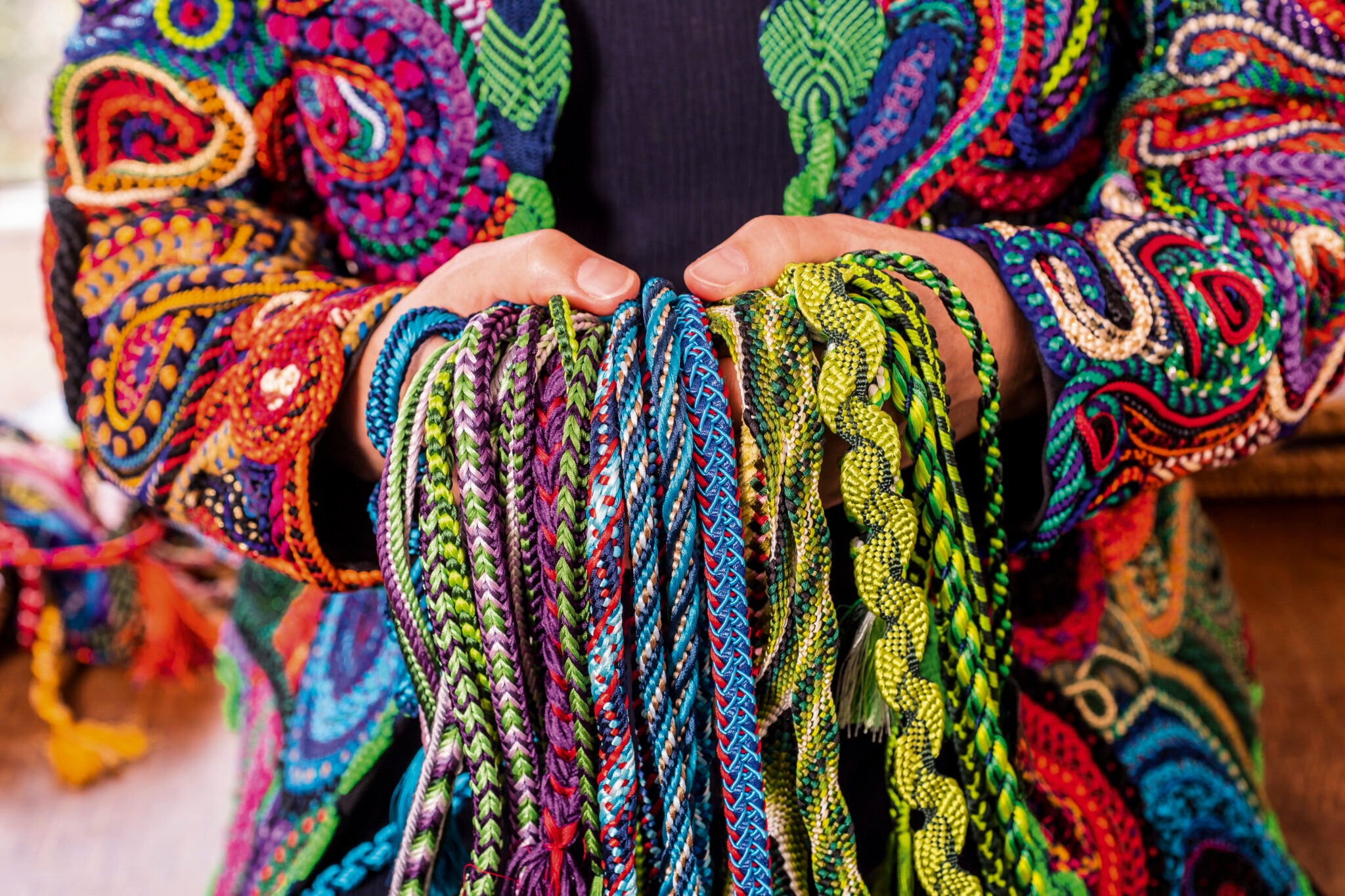
Kumihimo (組み紐) is deeply related to various aspects of Japanese culture; including religion, etiquette, performing arts, clothing, and furnishings. They have changed with the times, finding new applications and developing new designs and techniques accordingly. Translated to “gathered threads,” the weaving technique has been practiced for centuries and completed creations are used to stitch together… Read more
Kawase Hasui : Revitalizing Artist of Ukiyo-e Art
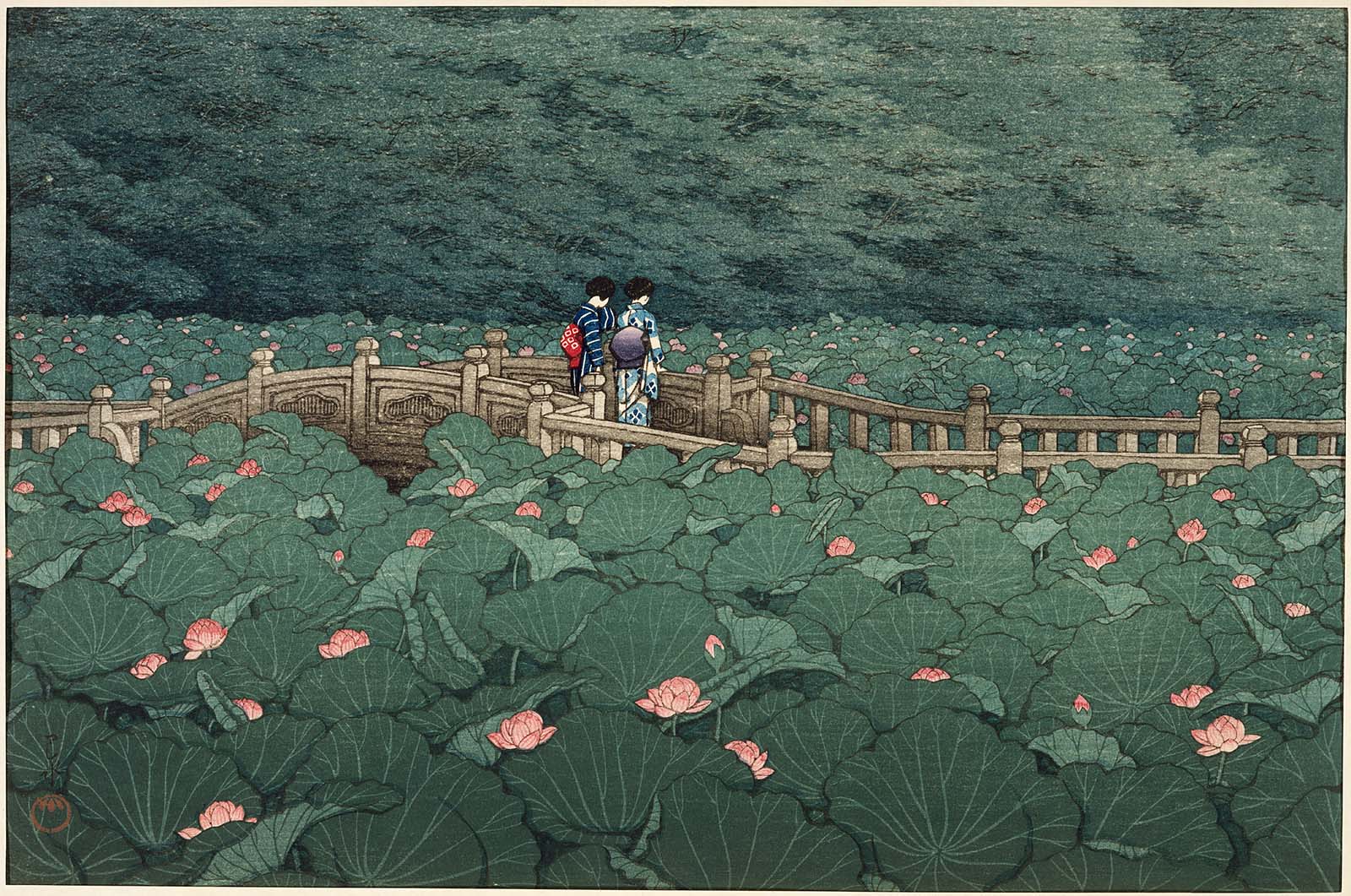
Kawase Hasui is considered one of the most important Japanese landscape painters of the 20th century. His prints, produced under the direction and stern eye of his publisher, Watanabe Shōzaburō (1885-1962), are the modern continuation of the unforgettable works of Hiroshige and Hokusai , masters of the Ukiyo-e Art. With his art, Kawase was able… Read more
A German Newspaper Offers a Rare Peek into Life in 19th-Century Tokyo
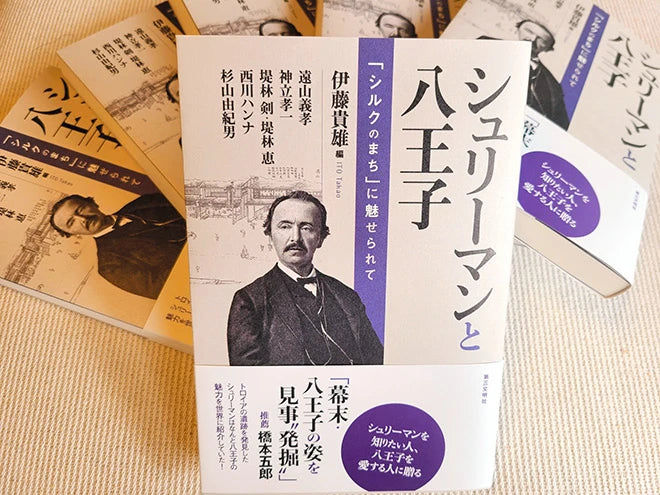
Heinrich Schliemann paid a brief visit to the western Tokyo suburb of Hachioji during his month-long stay in Japan in 1865 before turning to archeology and discovering the ancient city of Troy, known as the setting of Greek mythology. The German was surrounded by beautiful prostitutes and tried unsuccessfully to buy a Japanese sword, according… Read more
The Ainu seek to integrate their folklore into urban areas of Japan
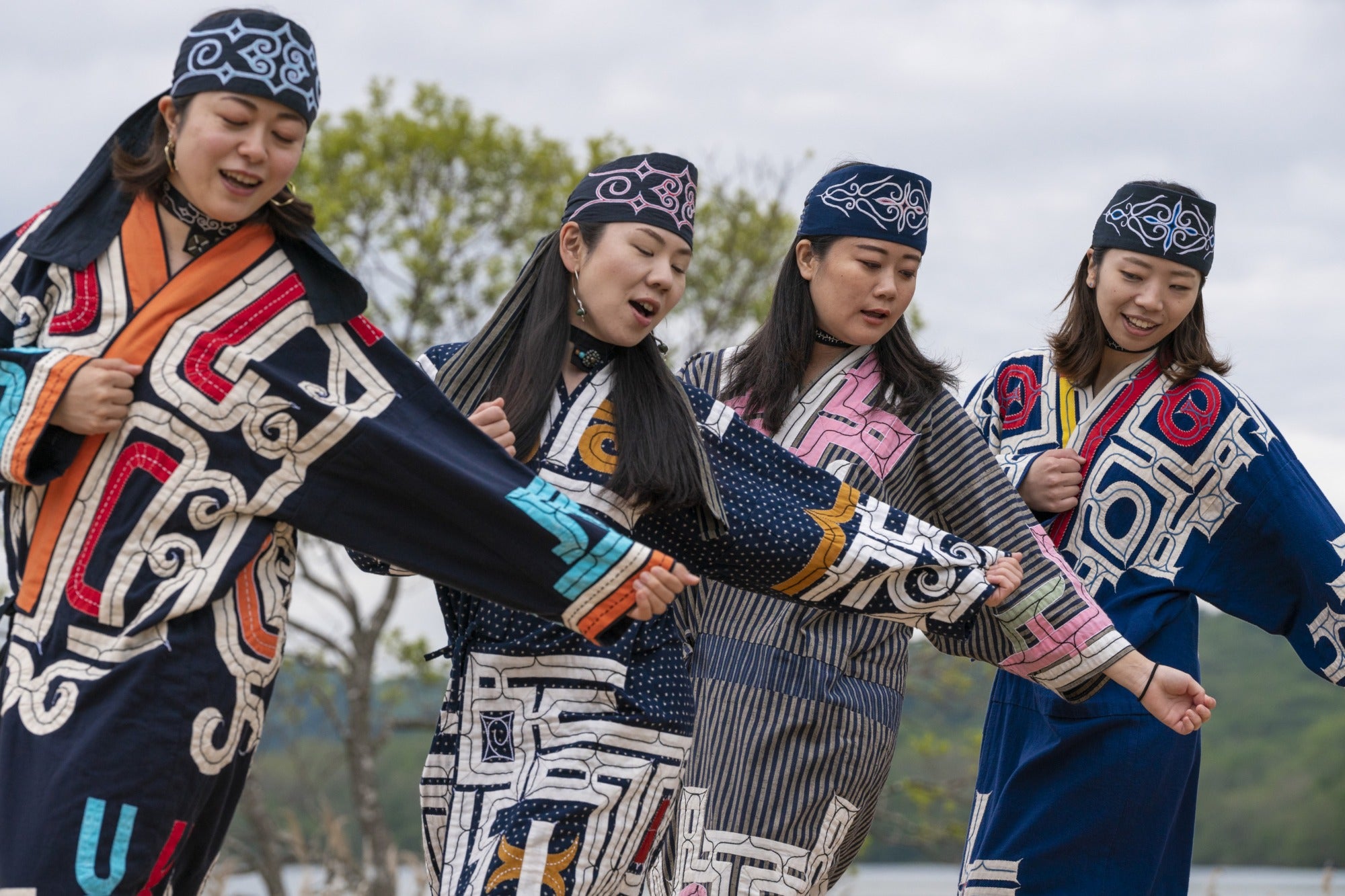
The Ainu , an indigenous people living predominantly in northern Japan. This indigenous people has a unique culture and language and rich cultural traditions. Until the 19th century their main activities were hunting, fishing, gathering plants and agriculture. They also had trade and other forms of exchange with the surrounding regions. During the Meiji era in the… Read more
Japanese number seven

Seven seems to be a universally lucky or sacred number. There are many terms that include the number seven: the seven wonders of the world, the seven deadly sins , the seven virtues, the seven seas, the seven days of the week , the seven colors of the spectrum, the seven dwarfs, etc. “The 7 Samurai (Shichi-nin no Samurai)”… Read more
What is Shuriken? Various types of shuriken
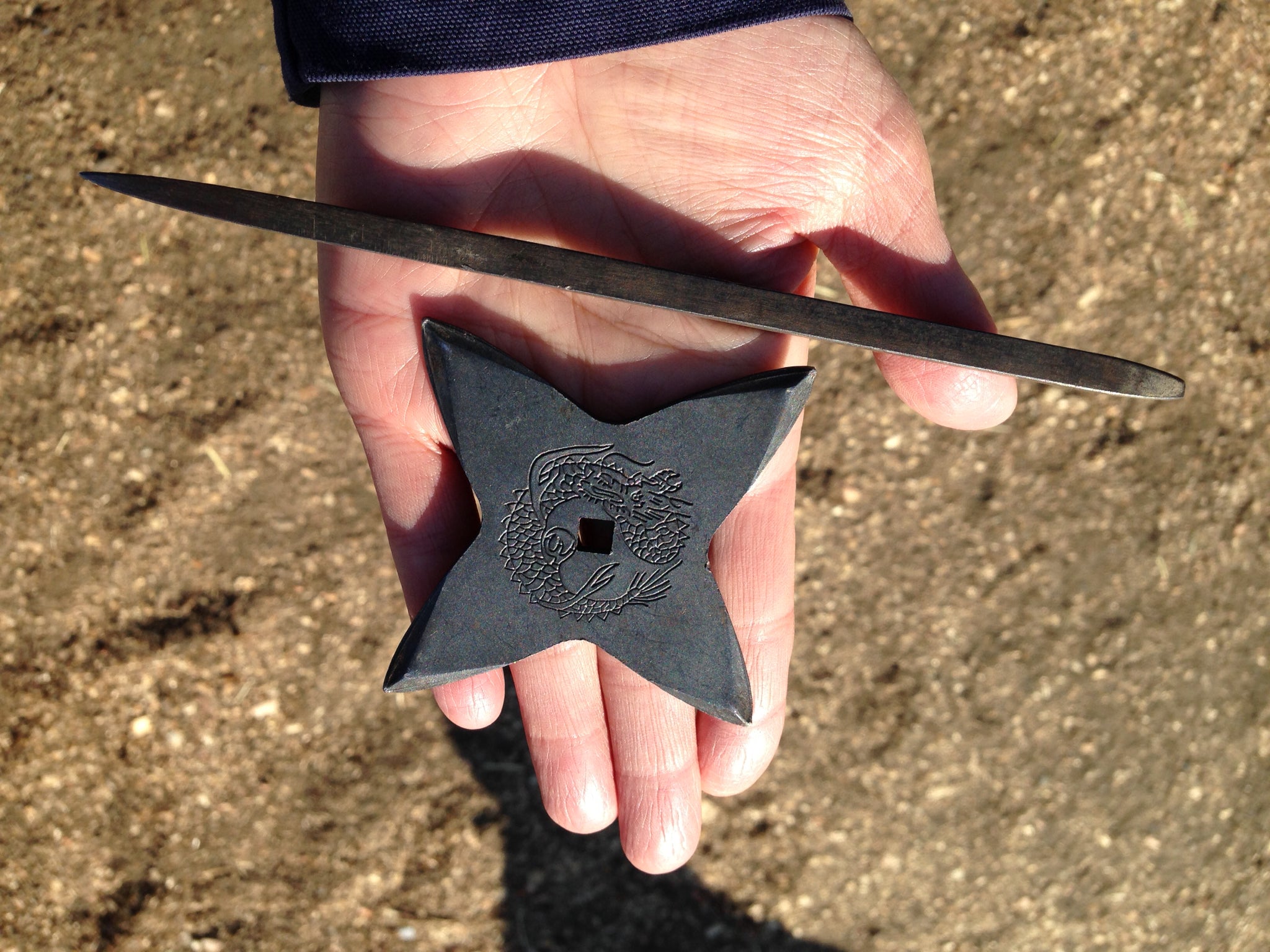
Shuriken are often associated with “ninja weapons”, but in fact, they were often used to distract enemies and escape by hitting them as they fled, rather than attacking them. The name “shuriken” is also said to have been forged during the Muromachi period (around the 14th century) meaning “a sword that is hidden within the… Read more
Why do the Japanese climb Mount Fuji?

Mount Fuji was designated a UNESCO World Heritage Site. This summer, as the number of climbers on the mountain is expected to exceed the yearly average, a survey was conducted to find out what people think about Japan’s highest mountain. JustSystems Corporation surveyed 1,100 people between the ages of 10 and 70. When asked for the purpose… Read more
Koto – National Instrument of Japan
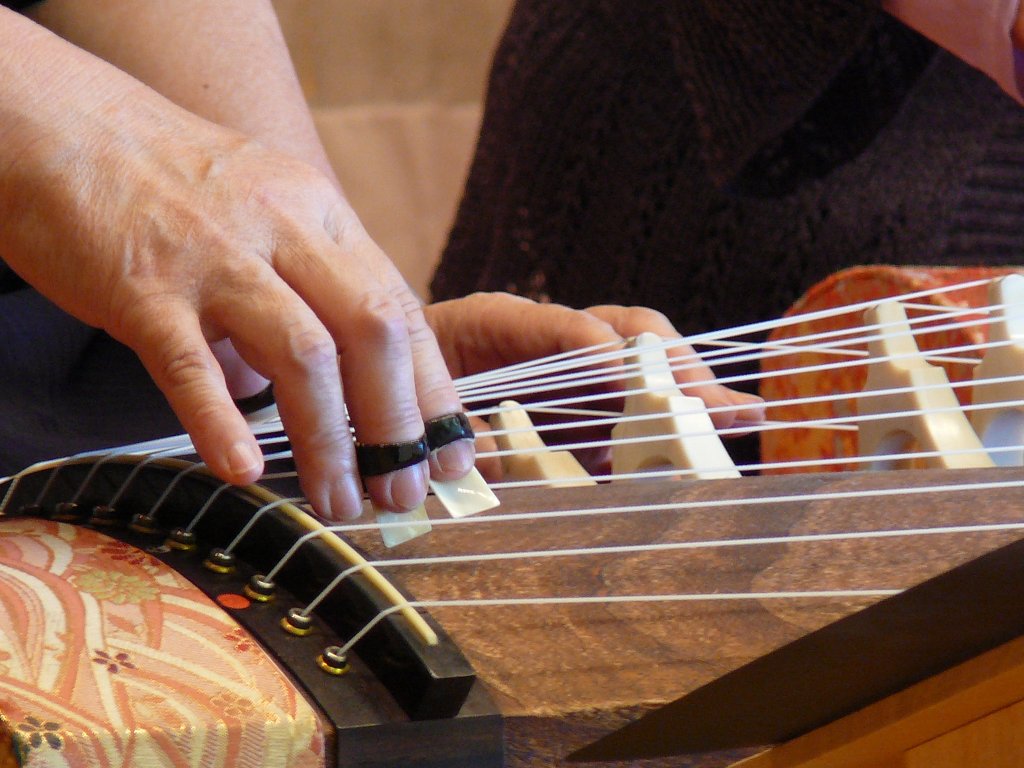
Koto (箏) is a stringed instrument that came to Japan, via China, in the 7th or maybe 8th century. In its beginnings it had only five strings, then it went on to have seven and when it arrived in Japan, it already had 12 strings, which increased to 13 strings. It is considered the National… Read more
Japanese conception of red: is red the color of love?
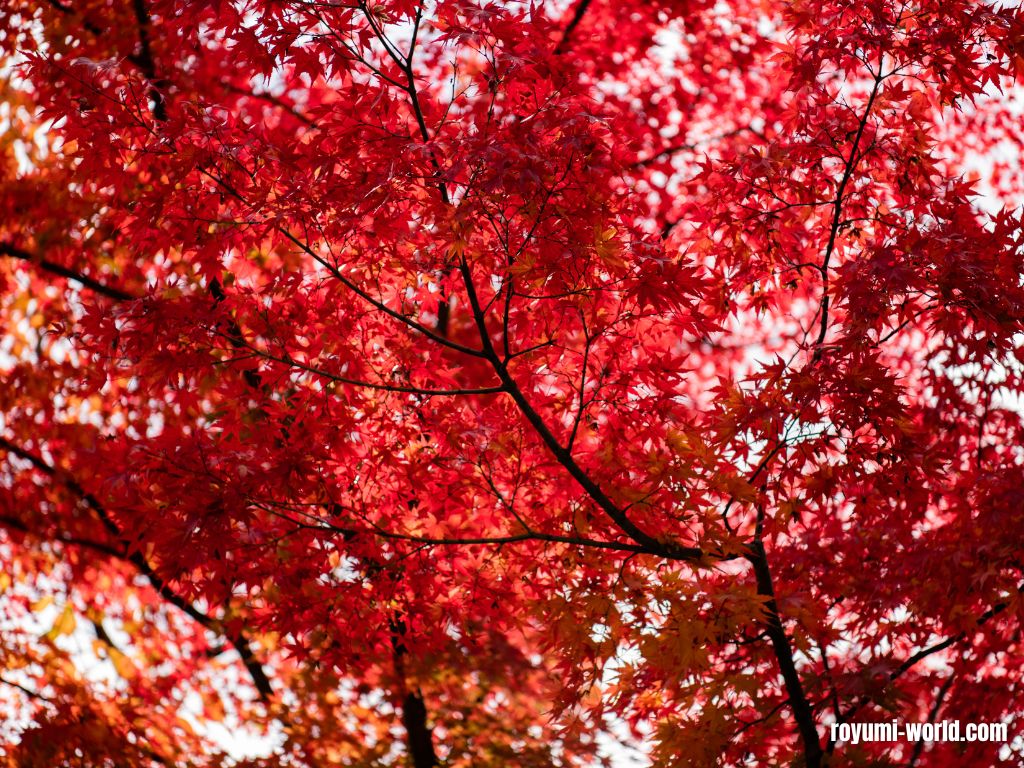
Red is usually called ” aka (赤)” in Japanese. There are many traditional shades of red . The Japanese have given each shade of red its own fancy name since ancient times. Shuiro (vermilion), akaneiro (stronger red), enji (dark red), karakurenai (crimson), and hiiro (scarlet), to name a few. use of red In Japan , the red obtained from… Read more
What are the Wadaiko, the Japanese taiko drum?

In ancient times, taiko drums were used before battles, today, taiko drums play an important role in the music played at Japanese shrine festivals. In recent years, “wadaiko” has also spread abroad and there are now about 1,500 wadaiko teams in the United States alone. The lure of wadaiko Many other types of drums can only… Read more
